Chemical or Biological Pest Control: Update 2/6/2022
Creating a beautiful garden is a wonderful hobby that is good for your mind and spirit. A beautiful garden inspires you and it is the place where you want to spend your days. Unfortunately, pests can quickly invade your garden and ruin all of the hard work that you have been putting into it. Pests can eat your vegetables, destroy your lawn, and kill your shrubs. If pests are invading your yard you are going to want to use either chemical or biological pest control to take back your garden from the unwanted invaders. Read on to learn the pros and cons of chemical and biological pest control methods. 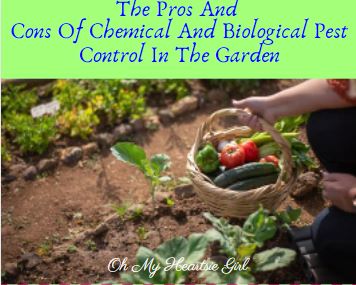
What is Chemical Pest Control?
If you choose to use chemical pest control methods in your garden, you are going to be using chemical methods to control and kill your pests. Some of these methods are safe and some are not as safe. Chemical pest control is often more effective but it is also potentially more dangerous and the chemicals can be harmful to your pets or kids. They can also kill things in your garden that you might not want to kill.
Pests can become resistant to the chemicals and they might not respond to the pesticide anymore. This means that you have to use more and more of the chemical to get the same result and this can be very harmful over the long run. If the pest isn’t responding to the chemical, you might want to switch over to a biological method.
What is Biological Pest Control?
Biological pest control is often thought to be safer than chemical pest control since it uses organisms to get rid of pests. Microbes, bacteria, and other living organisms are used to control pests. You might use insects or even other animals to remove pests in the garden. Biological methods are more natural, but they don’t always work as well as the other methods.
Biological pest controls don’t involve chemicals and you don’t have to worry about contaminating the environment when you use them. Biological methods are safer and they can work just as well as other methods when they are used properly. When you are using biological pest control methods in your garden, the most popular type of pest control that you are going to be using are microbes or other pathogens.
Microorganisms can be used to kill harmful grubs in your grass. Pathogens can also be used to kill aphids or other pests that want to eat and destroy your garden. When you use biological pest controls you don’t have to worry about poisoning your pets or your kids. Biological pest control methods don’t build up in the environment and they don’t build up in the soil or water.
If you are growing a vegetable garden the biological method is going to be much safer since you don’t have to worry about any pesticides in your fruit and vegetables. The downside of biological pest control is that it takes a lot longer to work than chemical pest control methods. You have to have patience when you are using biological methods. You just can’t expect for them to start working right away and you might even have to wait for most of the growing season to be over before they start to work. This is one of the reasons why many people opt to use chemical pest control methods since they work on contact and are stronger.
Is Chemical Pest Control Safe?
You always run a risk when you are using chemicals. It is important to use the right kind of pesticide if you decide to use them. Contact pesticides are common and they will kill the pest on contact. This type of pesticide is sprayed onto the plant and it will kill pests immediately. You can kill many pests quickly when you use contact pesticides. These pesticides are also the most harmful to humans and pets so you have to be very careful where you spray them and you need to keep your kids and pets away.
Another common chemical pesticide is a systemic pesticide. This type of pesticide is absorbed into the body of the pest you are trying to eliminate and will kill the pest once it spreads internally. Some types of pesticides will dry up the pest or stop if from reproducing or growing.
What Are The Health Effects of Using Pest Control?
Chemical pest control methods can have a terrible effect on people. It is important to use them as directed and be very careful not to eat them or inhale them. You don’t want them to touch your skin and you should always wear gloves and wash your hands carefully after you use any pesticides in your garden.
If you have kids and pets you should probably stay away from chemical pesticides since it is going to be hard to control what your pets and kids do in the yard. It only takes a second for them to get into something that they shouldn’t get into and the results could be devastating. Repeated exposure to pesticides can be very harmful.
Exposure to chemical pesticides can lead to dizziness, headaches, breathing difficulties and more. Long term exposure could lead to cancer and problems with your nervous system. It is important to minimize your exposure to these pesticides if you plan to use them in your garden and you want to make sure that you stay safe so you should learn everything you can about any pesticide that you plan to use.
If you have a garden you are going to want to turn to pest control methods if you are having issues with pests harming your garden. If you have a severe infestation you might need chemical pest control. Other types of infestation are going to respond better to biological pest control methods. Biological pest control methods are much safer and you are going to get great results when you use these methods of pest control in your garden. Always consult with a professional pest control service such as https://discoverziehler.com/ to get more in depth advice and information when using chemicals in your yard.
Related:
5 Simple Ways To Maintain Your Kitchen After Pest Control
Ways To Prevent Pests From Moving Into Your Home
 Don’t feel frustrated, you can learn how to look after plants at home pretty easily if you follow several important guidelines and with some basic knowledge about indoor gardening.
Don’t feel frustrated, you can learn how to look after plants at home pretty easily if you follow several important guidelines and with some basic knowledge about indoor gardening.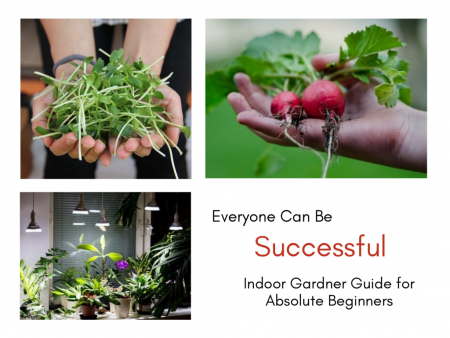 There are so many reasons for adding plants to your home décor. First and foremost, home plants will add beauty to your home and are actually pretty easy to grow and look after. They also keep the air indoors fresh, they give off oxygen at night, so this is a plus.
There are so many reasons for adding plants to your home décor. First and foremost, home plants will add beauty to your home and are actually pretty easy to grow and look after. They also keep the air indoors fresh, they give off oxygen at night, so this is a plus.
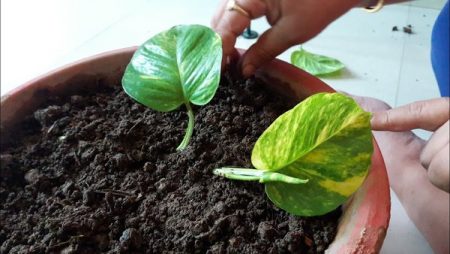

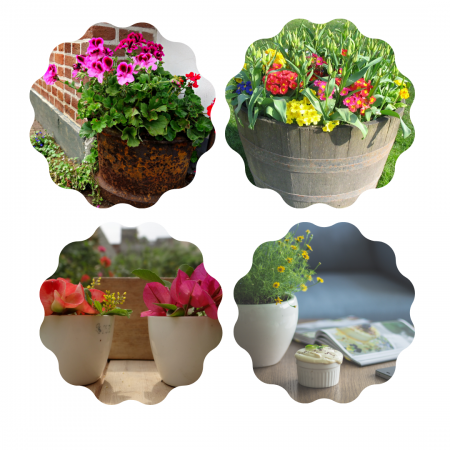
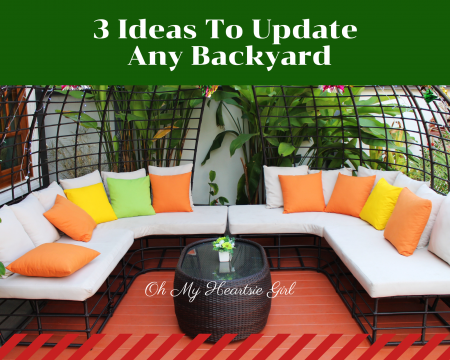 They say home is where the heart is. It’s where countless memories are made with special people, where you come for solace and peace and where you go every night to rest and rejuvenate. Homes are truly special places for homeowners and families.
They say home is where the heart is. It’s where countless memories are made with special people, where you come for solace and peace and where you go every night to rest and rejuvenate. Homes are truly special places for homeowners and families.



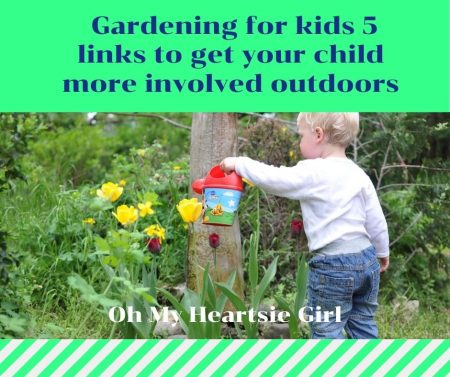 It would be fair to say that we are firmly in an era that is dominated by PlayStation’s, the internet and everything else that involves tech.
It would be fair to say that we are firmly in an era that is dominated by PlayStation’s, the internet and everything else that involves tech.